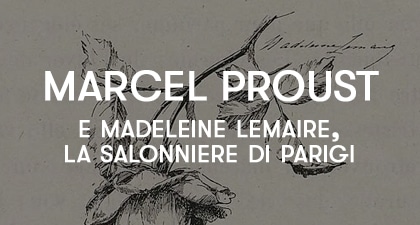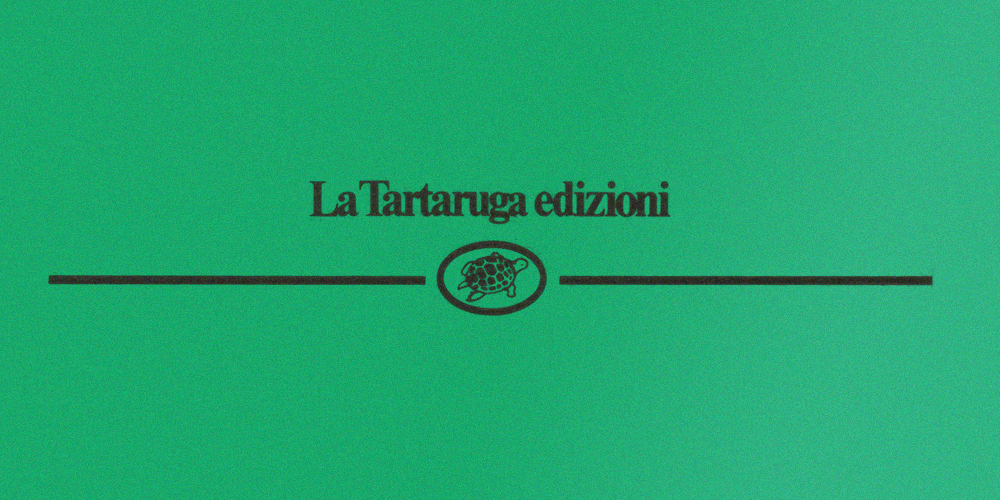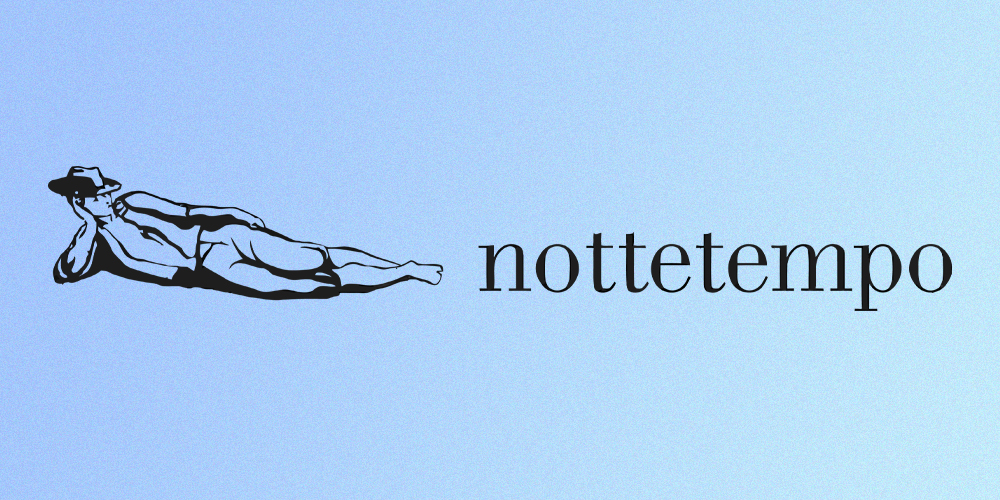
The third publishing house in our history is Sellerio. Known to the general public for the publication of Camilleri’s noir books featuring the commissioner Montalbano, but it would be reductive to remember it only for this.

The publishing house was founded in 1969 in Syracuse by Elvira Sellerio, Leonardo Sciascia, a writer and journalist, Nino Butitta, an anthropologist and the son of the poet Ignazio Butitta, and Enzo Sellerio, an important photographer. The four were friends and protagonists of the cultural life of Palermo at that time.
The first series is called La civiltà perfezionata (The Perfected Civilization). It is made of fine paper, with uncut pages, and publishes texts of “fine letters”: refined literature, rarefied, light years away from any political storm of the time.
The first two titles are Mimi siciliani by the noble writer Francesco Lanza and Lettere sulla Sicilia (Letters on Sicily) by Eugène Viollet Le Duc, a melancholic French writer (and architect) with autobiographical sensitivity. Each volume is accompanied by engravings by great illustrators (Mino Maccari, Tono Zancanaro, Bruno Caruso) and an introduction that the publishing house gets in the habit of calling Nota (Note). So the Notes are introductions but they also constitute, if you will, autonomous readings. For example, Lanza is introduced by Calvino.

Within the publishing house, during the early years, there is a growing dissent. Some want to maintain a minimal dimension, a strictly amateur character (following the example of the Milanese Scheiwiller). Others, however, wish to compete in the open sea, with a more prominent and public editorial presence, perhaps national.
In 1978, without anyone having planned it, a book by Sciascia arrives. L’affaire Moro is a classic Sellerio book (perhaps the first typical one). Published in a series for a few, like La civiltà perfezionata, it sells over one hundred thousand copies. It is a book of denunciation, courageous, written in Sciascia’s magnificent prose. It does not shy away from being a book of great ideal responsibility; but it is made to be read and enjoyed. In short, the style of a publishing house and its national space are born.
And in the autumn of 1979, the series that was missing is born. The blue of Memoria.
First of all, the design. It is a small revolution, in the metallic gray of the covers of those years, the sudden appearance of a blue stain, the laid paper, and the figurative pictorial image in the center of the dust jacket, inside a colorful border that recalls the color of the title letters. A chromatic effect accentuated by what is an audacious originality: the colors of the letters and the border change with each volume: sometimes yellow, sometimes light blue, sometimes gray, sometimes red, almost never white.
The book returns to being an elegant object, also for its square-like format, designed to fit in the pocket of a jacket.
A single law for the content: the intelligent curiosity that the book should communicate to the reader, expressed with literary style.
For that lucky confluence of cases surrounding good ventures, La memoria accompanies – perhaps encourages – a series of novelties in what was beginning to be called “image.” It was the birth of the style of small publishing.
In 1981, the meeting with Bufalino is accidental, and only the fact that Elvira Sellerio’s working style is little planned and guided largely by curiosity leads to that small investigation, at the end of which Bufalino’s Diceria dell’untore (The Rumor of the Plague Carrier) is discovered in his drawer.
This novel, which is the consecration of Sellerio among national publishers, won a well-deserved Campiello in 1981 and marks a change in Italian culture. Italian literature turns a page. And the season of new Italian writers begins, at least for Sellerio.

In the meantime, in 1976, two series of non-fiction books were launched: Biblioteca Siciliana di Storia e Letteratura and Prisma.
Biblioteca Siciliana is Sellerio’s first history series. The title is vaguely Crocean. Prisma, on the other hand, is the more classic and specialized non-fiction series: it is dedicated to the study of languages and literatures in the broadest sense.
Over the years, other series were added to these early ones: La diagonale and La nuova diagonale, Fine secolo, dedicated respectively to essays of various types, letters, diaries, biographies, and travel memoirs, as well as to literature on civil rights (Fine secolo was invented and is directed by Adriano Sofri).
After *Diceria dell’untore*, the name of Sellerio is somehow connected with the wave of new Italian writers.
Sellerio, in its own way, contributes to the resurgence of Italian culture abroad. Alongside Bufalino, the rights to translate works by writers discovered by the publisher are in high demand.
Antonio Tabucchi, Maria Messina, and Luisa Adorno are among the most interesting names. It is significant that these are not unpublished works but writers who had fallen into obscurity, whom Sellerio rediscovers and promotes.
This is a sign that the 1980s were indeed the season of small publishers, performing a refreshing role, counteracting the lethargy and inertia of the giants of the publishing world.
And in this season, the season of the new generation of Italian narrators, Sellerio plays a leading role, alongside a couple of others.
The large publishing groups absorb the small ones, with managers replacing the old lions, marking the end of small publishing.
Sellerio resists, along with a few others. And it launches a new genre of Italian detective fiction.
With *Carta bianca* by Carlo Lucarelli, we can say that a new genre of Italian detective fiction is born.

This will be followed by a flood of highly successful and very interesting Italian and foreign detective, quasi-detective, and semi-detective literature. Almost confirming a prophecy from a great Swiss writer introduced to Italy by Sellerio. In 1985, the publishing house published the novel of a strange and irregular Swiss detective writer: Glauser.
At the height of this adventure with detective fiction is the discovery of an entirely new genre: Sicilian school detective fiction, and two names that need no commentary: Andrea Camilleri and Santo Piazzese.
The 2000s for Sellerio marked a new experience: the five million copies of Camilleri’s books produced in Palermo and sold in Italy, along with translation rights sold as far as Japan. But that’s not all.
Beyond Camilleri, the 2000s were also years of writers from around the world who are widely discussed and will be talked about for a long time. Canadian Margaret Doody: she had published a book and then her American publisher forgot about her. But Margaret had created a new detective in the philosopher Aristotle, a deductive and realistic detective, pushing the speculative detective genre back in time.
Among the more recent discoveries of Sellerio, there are two excellent and successful crime writers.
Gianrico Carofiglio (Testimone inconsapevole and Ad occhi chiusi), the inventor of the Italian “legal thriller,” with such a real character, lawyer Guerrieri, that only an experienced magistrate like him could have shaped.
And the Spanish Alicia Giménez-Bartlett: Inspector Petra Delicado and her deputy Garzón are two unforgettable characters, with their bittersweet humor and their hard yet tender hearts, that the great critic Cesare Cases describes the author as a “genius of Mediterranean writing.”

For now, this is what Sellerio is, and we still don’t know what the future will hold for us.
Want to discover more stories about Italian publishing houses?
Here you can find all our articles.









